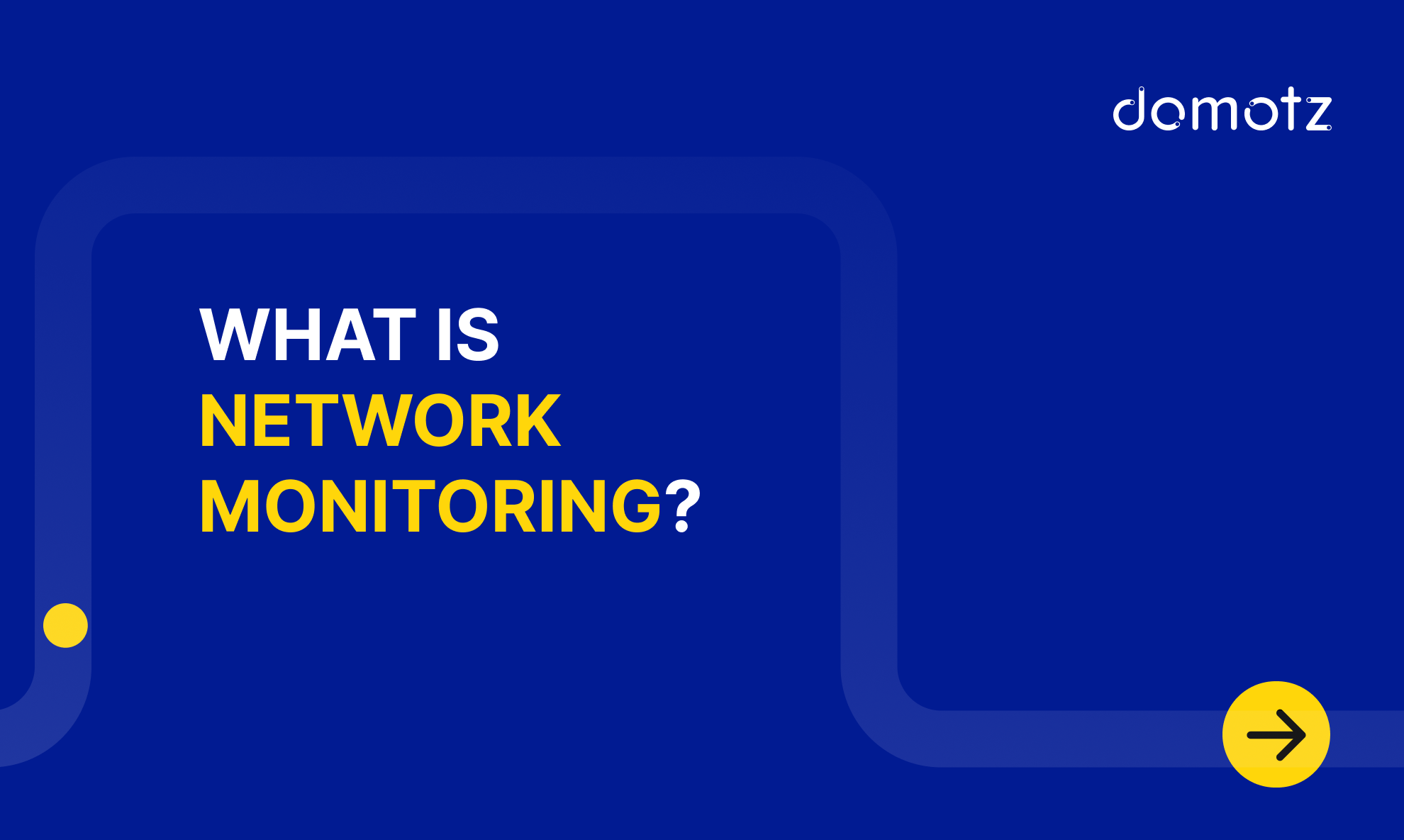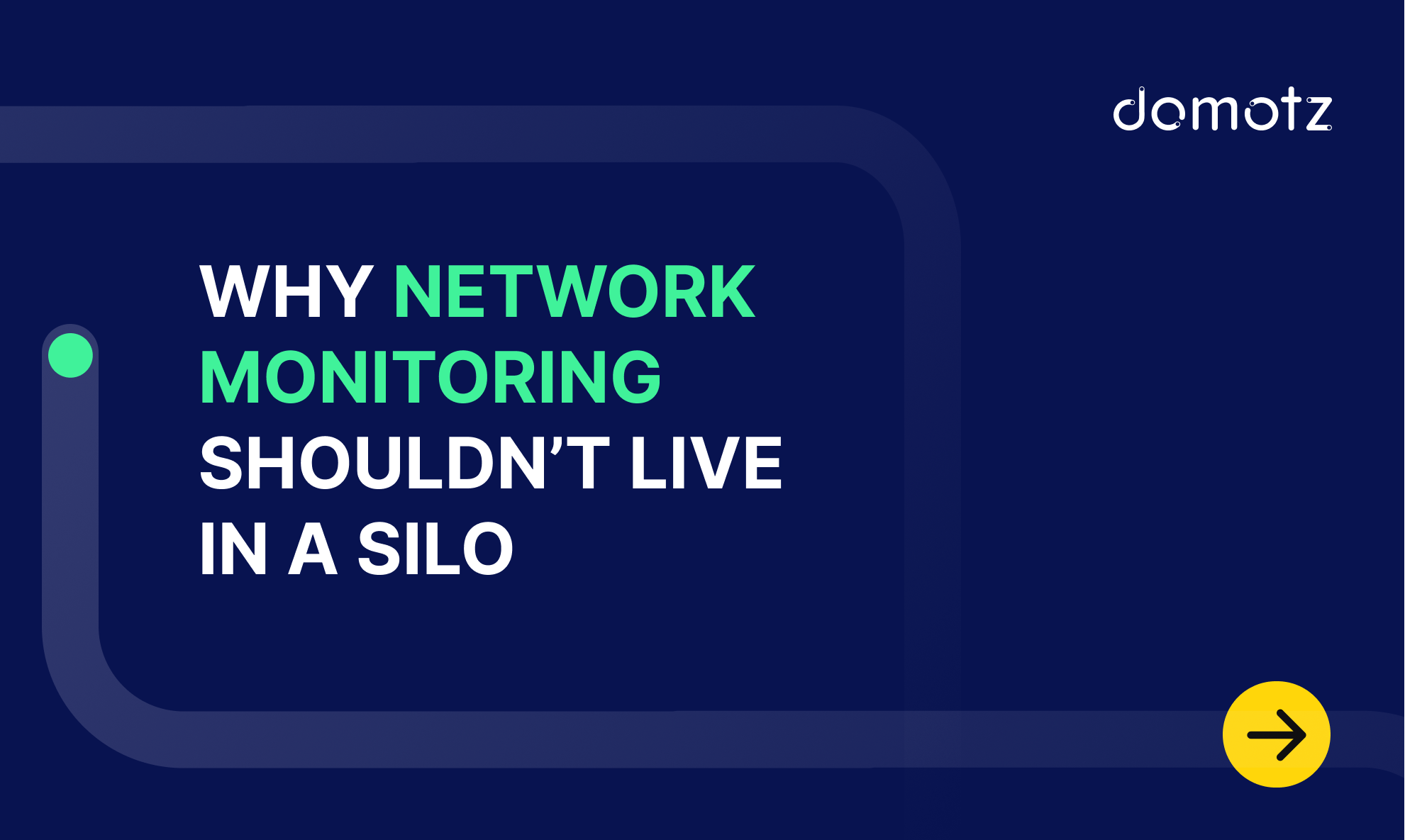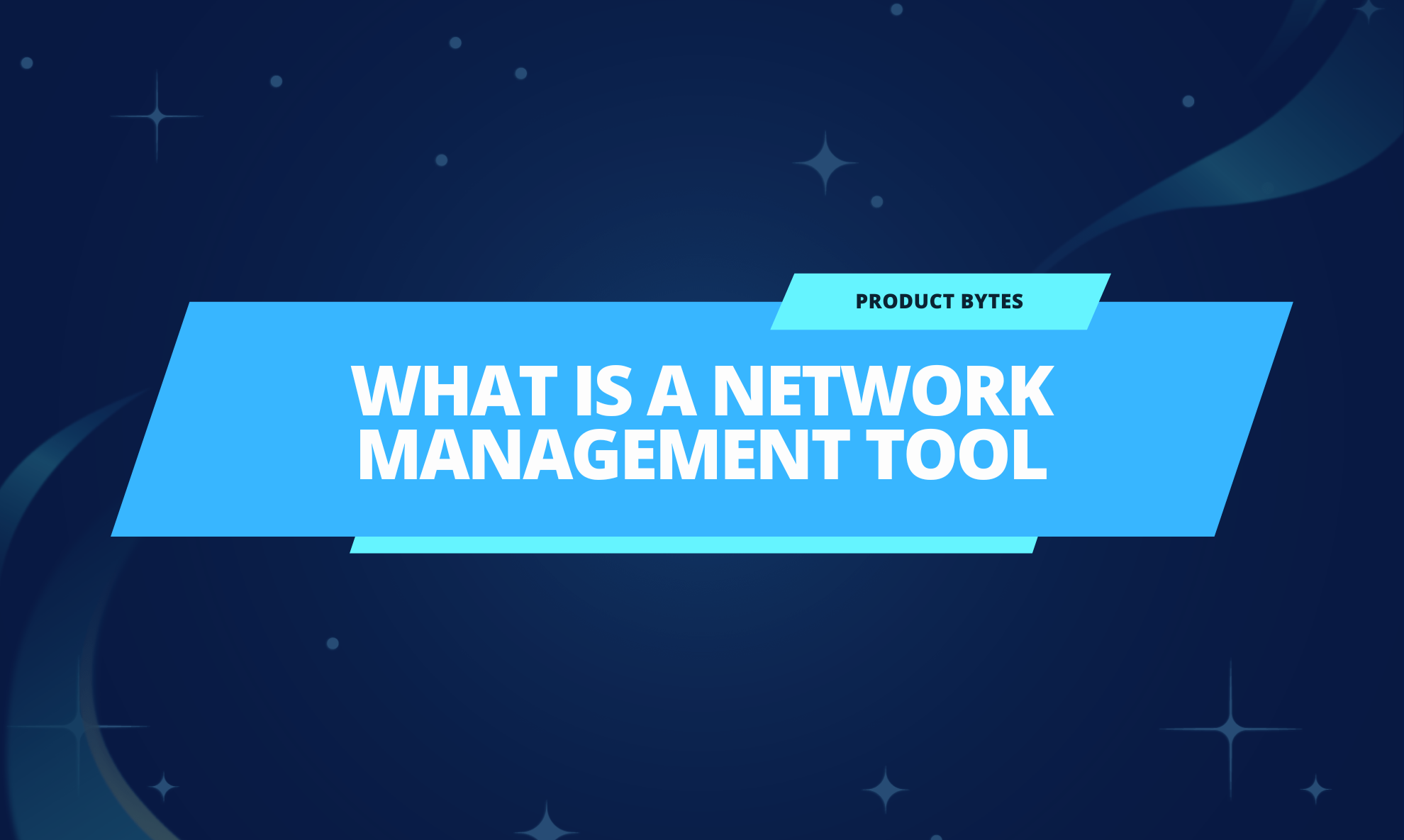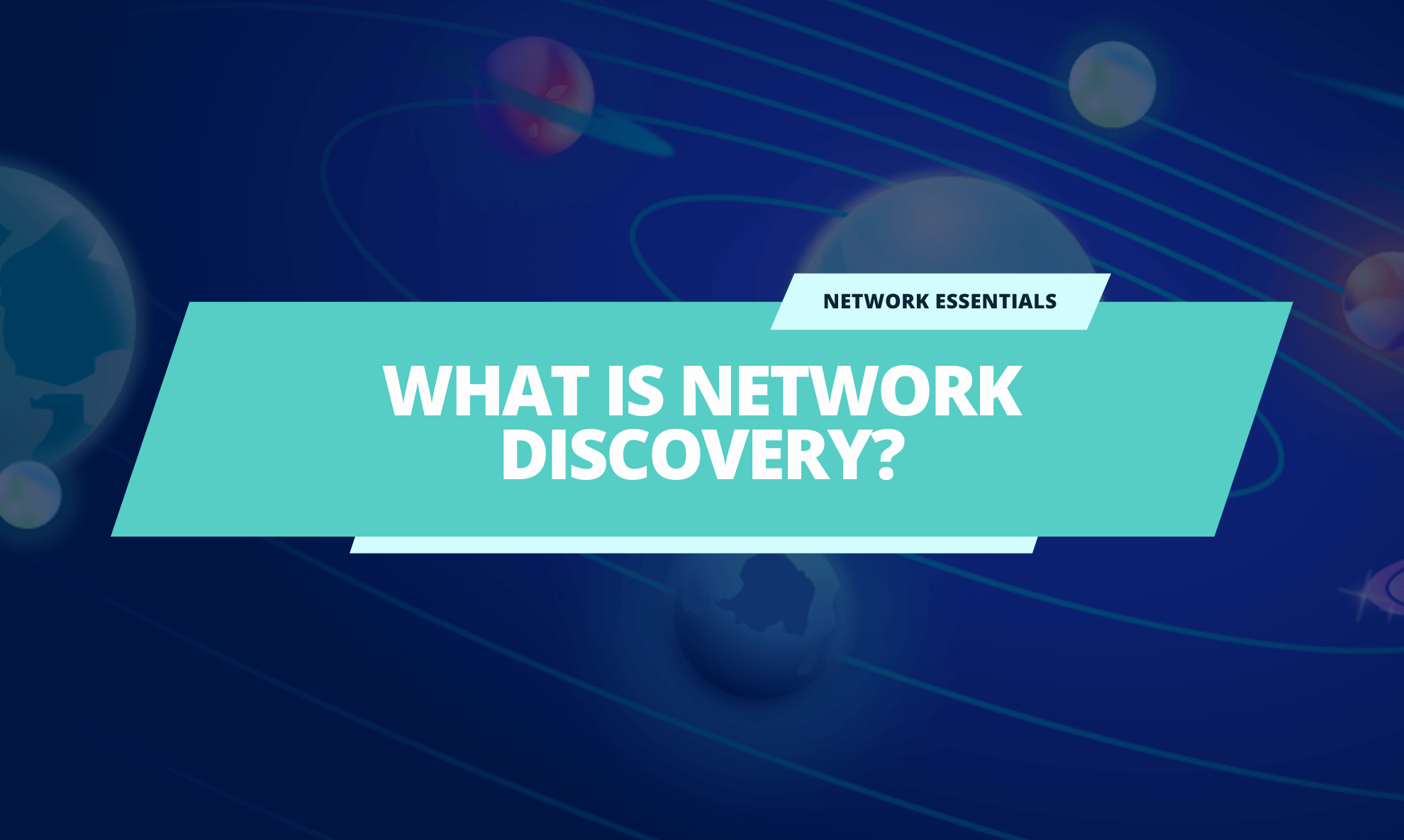Network monitoring is how IT professionals keep an eye on a network. It’s the health-check for all the devices and connections that keep your offices running smoothly. It’s all about making sure everything is working correctly, from the main internet connection to every single computer, phone, and printer.
By monitoring the network, you can see if everything is running at a good speed and if all your devices are online. While some IT professionals might do this manually, most rely on specialized tools that do the watching for you. With these tools, you get a full picture of the network’s performance and health, giving you the ability to act early and prevent issues that could bring your network down.
These monitoring systems keep a close watch on all connected devices, including switches, routers, servers, printers, and anything else that has an IP address. They monitor for faults and availability and are used to help improve the performance of these devices.
What are the advantages of a good Network Monitoring System?
Network monitoring software helps IT professionals get a complete picture of a network. It makes sure all devices are functioning correctly, are online, and are performing as expected.
A good network monitoring software offers advantages that can save time, money, and a lot of headaches. It helps prevent costly downtime by allowing you to find and fix problems before they can cause a long-term outage, as it lets you see the warning signs of a potential problem before clients or employees do. With constant monitoring, you can see early warning signs, get alerts, and solve issues during normal hours.
It can boost the performance of your network by showing you which devices are using the most bandwidth or if there are connection issues. This information helps you make smarter decisions, like upgrading your internet plan or adding new wireless access points to improve speeds where they are needed most.
By continuously tracking this data, a network monitoring system also helps you with long-term planning. You can see how your network is being used over time, which helps you plan for future growth and make sure your equipment can handle the demands of your business as it gets bigger.
What are the key elements of Network Monitoring?
01. Network Inventory Asset Management
Before you can secure and manage a network, you need to know what’s in it. That’s why network monitoring starts with creating an inventory of every single device. From computers to servers to printers and security cameras, every device should be accounted for.
Once all devices are inventoried, you can get a true picture of what your network looks like. This network map can only be created when you know every device and exactly how it is connected, such as which devices are plugged into specific switches. This step is important because it sets the foundation for any future network changes and upgrades.
02. Proactive Network Monitoring and Alerts
One of the biggest advantages of network monitoring is that it is proactive, which means it helps you find and fix problems before they can cause a major network failure.
Instead of waiting for an employee to complain that the internet is down, the monitoring system is constantly checking on every device. It keeps an eye on how much each device is being used and if it’s responding as it should. If a problem occurs—like a server is getting overloaded or a connection is getting slow—the system sends an immediate alert.
03. Remote Management
IT professionals want to take control of devices on the network without being in the room. Remote management lets them do that, and it’s a huge benefit because it saves time and allows for fast problem-solving.
Remote management can lead to many common fixes, reducing the on-site workload of MSPs and IT professionals. A secure remote connection lets them connect to devices, power cycle them, troubleshoot, and offer solutions from anywhere, without physically being in the same room.
By working remotely, they can also ensure devices are updated properly. This lets them schedule updates around heavy traffic times for their clients, and it gives them the flexibility to work with their own schedule. This is especially helpful for teams who are spread thin, as it allows them to do more, while still maintaining their efficiency as if they were on site. They can also schedule backups to occur automatically, keeping information safe and secure even in the event of a device failure.
04. Security Threats Identification
Today, cybersecurity is a very specialized field. Network monitoring plays an important role in the defence of cyber attacks. By constantly monitoring and scanning for security threats, you can see anything out of the ordinary, and take immediate action. This includes when an unknown or new device connects to a network, which could be a sign of a potential threat.
The alerts you receive can be critical. They let you know when an unknown connection happens, if someone has made changes to settings on network devices like a firewall or router, or when important files are deleted or removed. These alerts are crucial to your network’s overall security, helping you to stop issues before they become a serious problem. In some cases, these systems can even be linked to advanced systems like physical security cameras to monitor the network’s physical location.
05. Scalability
Making a decision to invest in new devices for a network is a big step, and can be a costly one as well. Having good network monitoring can help make investment decisions easier. By monitoring the performance of your network, you get information about its health and where you need to make improvements. Remember that not all investments are linear, as adding new devices might mean you need to upgrade others, add new access ports, or retire old devices that could cause trouble for the new ones coming in.
With proper data monitoring, IT professionals can see if your network is even scalable. If it’s not, they can then make the right recommendations to meet the needs of the customers and employees who rely on these devices to do their jobs.
By looking at the data around the network, it ensures a business can adopt the latest technology, stay competitive, and get the most out of every dollar spent on improving the network.
How to start your network monitoring journey?
Define what is important for you to monitor
The first and most important step is to figure out exactly what you need to keep an eye on. What are the devices, systems, or services that you can absolutely not afford to have go down.
Start by identifying the most critical parts of your network. This includes the “backbone” devices like your routers, firewalls, and switches—the technology that makes everything work. But don’t stop there. Also consider the specific services your business relies on, whether it’s an online payment system, a cloud application, or a customer database.
By defining what’s most important to you first, you can choose a network monitoring tool that fits your exact needs.
Choose the right network monitoring software
Once you know what’s most important to monitor, you can start looking for the right software. A good network monitoring software should make your job easier and help you gain a complete picture of your network.
Look for a tool that can automatically discover your devices and arrange them in a network map. This will reduce the chances of missing a device on your network. The network map will give you a clear and simple overview of all your devices and any problems, which is essential for early detection of security issues as well as upgrade opportunities.
You can only begin to manage your network after you have a full picture of it. A good tool will save you the time and manual errors that come with physically counting devices by doing it all for you automatically.
Using Your Network Monitoring System Day-to-Day
Once your network is discovered and your system is set up, the real work begins. A network monitoring system is meant to be used every day to keep your network running smoothly and securely. It turns you from someone who just reacts to problems into someone who prevents them.
Monitor your system, respond to alerts, and react quickly to solve problems before they become major issues. This is what helps you avoid unexpected downtime. But the system’s true power is in being proactive. With a network monitoring system, you can spot trends, notice devices struggling, and make suggested upgrades to improve the health of the network so you can stop a problem before it ever starts.
Domotz: A Network Monitoring solution for your IT Service Business
Remotely and proactively monitor all your networks with Domotz in real time. Bring in all the parts of the network monitoring journey into one software and gain remote access to security alerts in a single system.
No matter the size, Domotz is for any IT business that wants to automate and help protect their clients and co-workers from risks. We’re trusted by IT professionals around the world, and we’ll help you get the full picture of your networks so you can not just prevent problems, but also give you the data to make informed suggestions about upgrades and additions so your clients can grow.
How can network monitoring software like Domotz help your IT business?
Monitor everything
Monitor remote networks and unlimited devices with network discovery capabilities and real-time diagnostics, monitoring and management. You must know and understand your clients’ networks to better support them!
Automate more
Domotz integrates with the major PSA and Ticketing systems to offer even greater automation capabilities, including immediately generating tickets when alerts are detected. This allows you to automatically perform a variety of diagnostic and preventive maintenance routines for your clients to identify potential issues before they become major problems.
Integrate with the biggest
Domotz includes over 1000+ integrations with the hardware and software systems you already use on a daily basis like: access points, network switches, PDUs and firewalls, documentation systems and messaging apps.
Troubleshoot in real time
Our network monitoring software gives you all device details and network information at your fingertips so when something does go wrong you can investigate and solve the issue faster than ever.
Troubleshoot in real time
Our network monitoring software gives you all device details and network information at your fingertips so when something does go wrong you can investigate and solve the issue faster than ever.
Offer new monitoring and management services
Domotz gives you the possibility to add new services to your offering like IoT device monitoring, security camera monitoring, Point of Sale Systems, Digital Signage, unified communications monitoring, etc. as a way to generate additional revenue.
Conclusions
In today’s world, a healthy network is the backbone of any successful business. From keeping your teams productive to protecting your data from threats, your networks play a crucial role in everything your clients do.
Network monitoring is the single most important practice for keeping your network healthy and secure. It turns you from someone who simply reacts to problems into a proactive professional who can stop issues before they ever start. It gives you the power to find hidden security threats, solve technical issues remotely, and make smart decisions about future upgrades.
By following a simple journey, starting with defining your needs and choosing the right tool, you can gain total control over your networks. With a good monitoring system in place, you can work with the peace of mind that your networks are protected and ready to support your clients as they grow.



